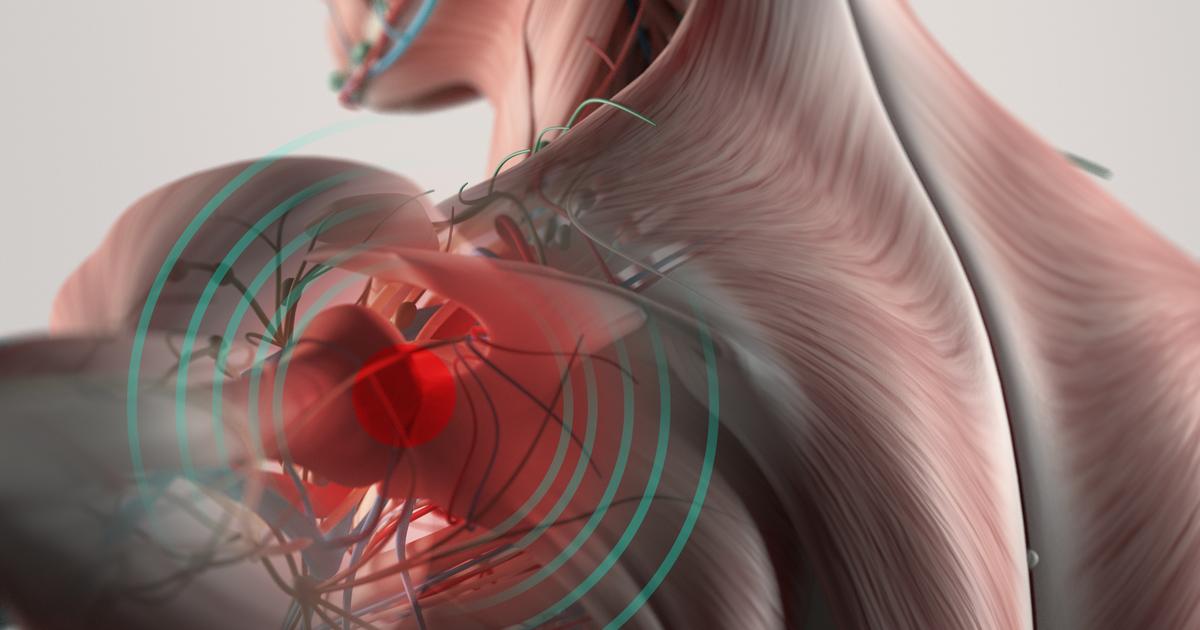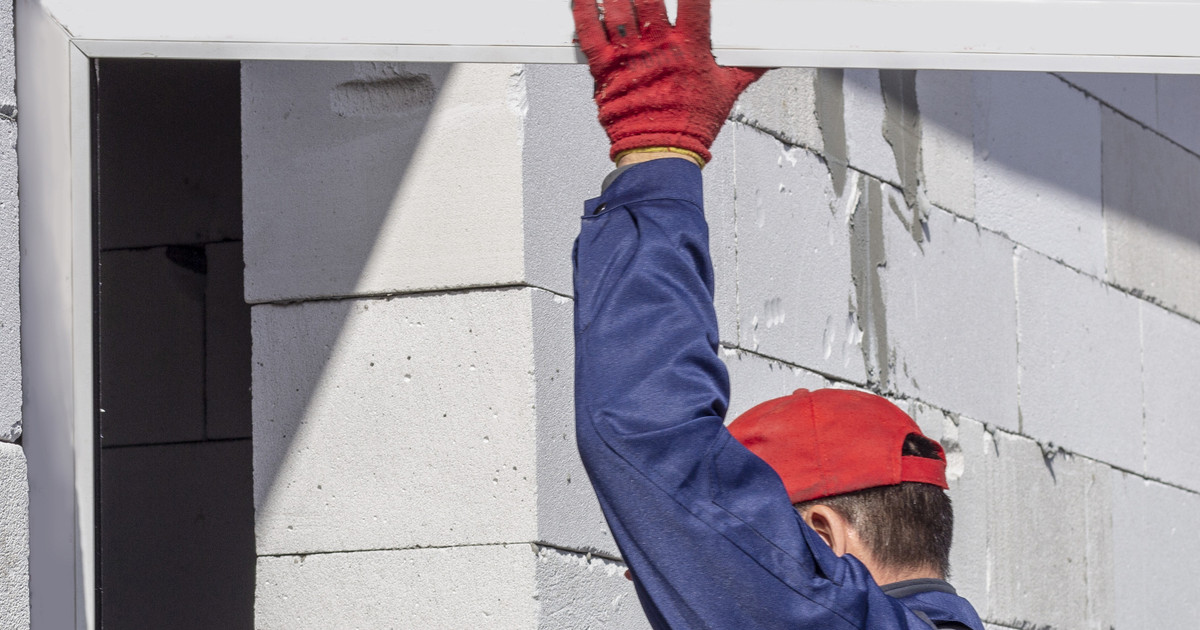Guide To The Causes And Complications Of A Rotator Cuff Tear
Rotator cuff tears are common problems that lead to pain and disability. Nearly two million Americans see their doctors regarding a rotator cuff problem every year. Torn rotator cuffs weaken the shoulder. This is detrimental if individuals need to perform physical labor for their job. However, it can also make completing day-to-day tasks more difficult. As a result, getting dressed, buttoning a shirt, and brushing hair may all be painful endeavors. There are multiple causes and potential complications from a rotator cuff tear. When individuals use their shoulder muscles, they should make sure they are always using the proper form and resting when necessary.
Patients should receive treatment for a rotator cuff tear. Some individuals will find some success with electrical stimulation for a rotator cuff tear. Rotator cuff surgery is often used as well. Physical therapy for a rotator cuff tear helps with recovery. Pain medication is often the best pain relief for a rotator cuff tear. However, patients can also try natural remedies for rotator cuff pain. Of course, prevention is incredibly helpful too.
Age-Related Degeneration

Age-related degeneration is responsible for the majority of rotator cuff tears. A degenerative tear is categorized differently from an acute tear, which occurs due to a sudden injury. As individuals age, their shoulder tendons slowly wear down over time. This is a natural part of getting older. Individuals are more likely to develop a rotator cuff tear in their dominant arm. As these tears are related to degeneration, they tend to cause chronic issues rather than healing completely. A few different factors influence the degenerative aging process. If individuals perform repetitive motions, such as baseball pitching or tennis serves, their tendon can become worn down and torn due to overuse.
Aging also causes less blood to be supplied to the rotator cuff, so they do not have the same ability to repair tendon damage. Some patients also develop bone spurs. These bony growths can develop underneath the acromion bone. As an individual's arm lifts, their rotator cuff tendon rubs against the spurs, leading to further wear-and-tear. Rubbing and pinching caused by bone spurs is called shoulder impingement.
Sports Injuries

Sports injuries can contribute to both acute and degenerative tears. Acute tears are rarer, though they can occur in high-impact or dangerous sports. If an individual's shoulder suddenly undergoes a tremendous impact, like being slammed or wrenched, it can cause the rotator cuff tendon to become stretched past its appropriate range of motion. The result is a tear. Other injuries like broken collarbones often accompany these types of sports injuries. However, it is more common for the injury to be related to repetitive motion, particularly repetitive overhead motion. Baseball and tennis are the best-known sports that increase the risk of a rotator cuff tear. Any sport involving repetitive swinging, throwing, or hitting motions will increase an individual's overall risk.
Trauma To The Rotator Cuff

Trauma to the rotator cuff can cause it to tear. The shoulder capsule includes three major bones and four muscles, all of which are connected by tendons. Shoulder injuries are considered traumatic when the muscles or tendons comprising the capsule become torn. Trauma-induced tears can be either partial or complete. In the case of complete tears, the tendon has a hole in it. Traumatic rotator cuff tears are usually related to rotational and accelerating-decelerating forces against the shoulder. Examples would be using an arm to break a fall or holding onto a car wheel tightly while bracing for an impact. The sudden slamming and wrenching of the shoulder are what lead to the tear. Traumatic rotator cuff injuries often go hand-in-hand with shoulder impingement.
Lifting Heavy Objects

Individuals lift heavy objects many times throughout their lives. This includes boxes when they move houses, weights at the gym, and even moving furniture and other objects around their home. Unfortunately, lifting heavy objects increases an individual’s risk of developing a rotator cuff tear. In most cases, this means that individuals are lifting something beyond their capabilities, resulting in a sudden, jerking motion when they lift. They may also be lifting a heavy object that they would normally be able to lift if it were not for the awkward shape of the object. This case often applies to televisions. Regardless of what they are lifting, individuals must practice caution with heavy items. Options include using lifting straps or hand trucks as well as getting a spotter at the gym.
Improper Lifting

In addition to lifting heavy objects, improper lifting techniques can also increase an individual’s risk of developing a rotator cuff tear. Improper lifting techniques include individuals lifting with their back rather than their legs, bending forward when they are lifting, and lifting heavy objects above shoulder level. When it comes to rotator cuff tears, many experts believe that lifting heavy items above shoulder level is what increases the risk of these tears the most. Of course, this is because the rotator cuff is located around the shoulder joint, and lifting above this joint can overstretch the muscles.
Certain Occupations

Individuals employed in certain occupations are at a higher risk of dealing with rotator cuff tears. One of these occupations is construction, in which individuals often lift wood and other building materials overhead, which can damage their rotator cuff over time. House painting is another occupation in which individuals perform repetitive motions that involve lifting their arms above their head. House painting does not involve lifting heavy objects. Thus, it is the repetitive motion of moving the paint roller that increases the risk of a rotator cuff injury and eventual tear.
Tendinitis

Tendinitis, which may also be called rotator cuff tendinitis, is a condition affecting the muscles and tendons around the shoulder joint. This condition means that the tendons are inflamed and fairly irritated. Symptoms of this issue include shoulder pain and swelling, reduced range of motion, and shoulder stiffness. Athletes, including swimmers and tennis players, are at a particularly high risk of developing tendinitis. Patients with this condition need prompt treatment, which often includes steroid injections, rest, cool compresses, pain medication, and physical therapy. Without treatment, patients often develop a rotator cuff tear.
Bursitis

Bursitis of the shoulder is quite common. This condition involves significant and painful shoulder joint inflammation. Specifically, the bursae are inflamed in this condition. These are small and fluid-filled sacs located around joints. They are intended to cushion the joints and stop bones, tendons, and muscles from rubbing together too much. Unfortunately, the inflammation means there is less space for the tendons and muscles to move. This is what triggers symptoms of bursitis of the shoulder, including reduced range of motion and pain.
Causes include rheumatoid arthritis, shoulder injuries, and overuse of the shoulder. Individuals dealing with bursitis of the shoulder must get it treated promptly, as it increases their risk of a rotator cuff tear if they continue as if nothing is wrong. Treatment for bursitis includes nonsteroidal anti-inflammatories, ice packs, rest, and steroid injections.
Permanent Loss Of Motion

In severe cases, individuals may experience a permanent loss of motion. Most will still be able to move their arms and shoulders to some degree, but their range of motion will be limited. Medical professionals will sometimes recommend undergoing a surgical procedure to repair the rotator cuff, which has the potential to restore the motion of the patient's shoulder joint. If the tendon does not heal properly, there may also be permanent muscle weakness in both the shoulder and arm. Patients may not be able to lift moderate to heavy objects, especially over their head. An untreated shoulder cuff tear can cause the shoulder joint to degenerate slowly. It is important for patients to see a doctor, rest their shoulder, and follow all other treatment guidance.
Frozen Shoulder

Frozen shoulder is a potential complication of a rotator cuff tear. The tear itself will not cause frozen shoulder. However, if patients immobilize their shoulder for recovery or avoid moving their shoulder because of the pain, the connective tissue may tighten and thicken. This impedes a patient's range of motion and makes their shoulder feel both stiff and painful. In most cases, the signs start gradually and become worse with time. The condition does tend to resolve rather than causing permanent disability. However, it usually takes one to three years to run its course. Frozen shoulder treatment includes physical therapy, numbing medications, and corticosteroids injected into the joint capsule. In rare and severe cases, a doctor may recommend arthroscopic surgery to loosen the patient's shoulder capsule.
